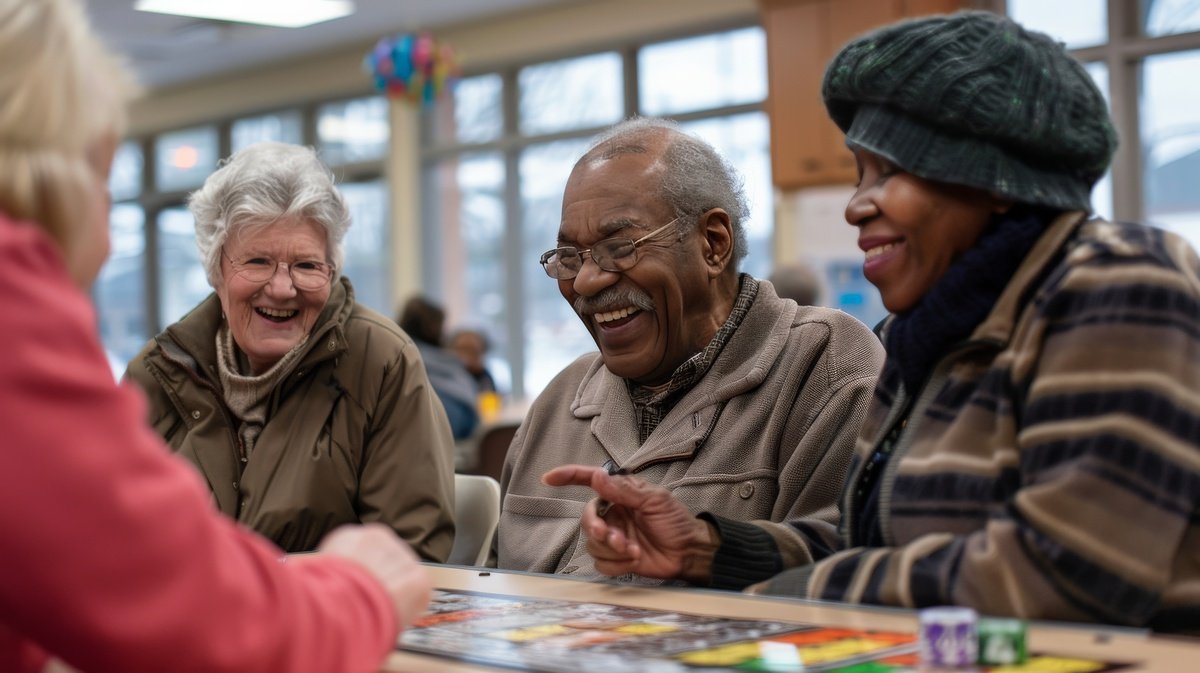Our population is aging. By the year 2020, the number of older adults over age 65 will be greater than the number of children under five. That is an historical first for the United States, tipping the balance on much-needed healthcare services. The 78 million American Baby Boomers have reached their senior years. This is a generation who came of age in the 1960s, with no plans of settling into rocking chairs on the front porch. The Silver Tsunami has arrived.
As the senior population grows, we may ask, “Who will take care of the Baby Boomers?” This generation has produced fewer offspring than ever before. Family members are scattered across the country, rather than living in multi-generational households where care could easily be provided. In addition, the average older adult in America has saved a total of $163,000 for retirement. While that sounds like a reasonable amount, it can easily be depleted in just a few years with mounting long term care costs.
So, how will the Baby Boomers manage their senior years? The good news is that this current aging population is better educated, more physically active, and smoke less than the previous generation. As such, they have been able to delay some of the chronic concerns of old age. Even so, there will need to be more doctors specializing in aging issues, and more geriatric training for all healthcare professionals in order to meet the needs of this large senior population. As individuals live longer, cases of Alzheimer’s disease and related dementia are rising. There must be new and innovative ways to provide care for older adults, rather than just relying on a decreasing number of family and professional caregivers.
Technology may play a significant role in providing future care. Robots in the home or healthcare facility can provide care services, prepare food and even track medication. A facility in Australia currently uses robots to engage residents and play games with them. In addition, electronic “smart-houses” may help older adults age-in-place and avoid residential care.
Rather than offering long-term care in medical settings, unique communities have been created that provide care while also focusing on culture, lifestyle and specific interests. A small town near Amsterdam has developed an entire village for their residents with dementia. Individuals roam throughout the village, enjoying a sense of freedom, while still remaining safe and secure with the care and guidance they need. These are the types of creative care environments that the Silver Tsunami generation will demand.
By mid-century, seniors will represent more than 20% of the overall population in the United States. This huge generation will need to intentionally plan for their care needs – financially, physically and emotionally – in order to make the most of their long life.
Share This Article



